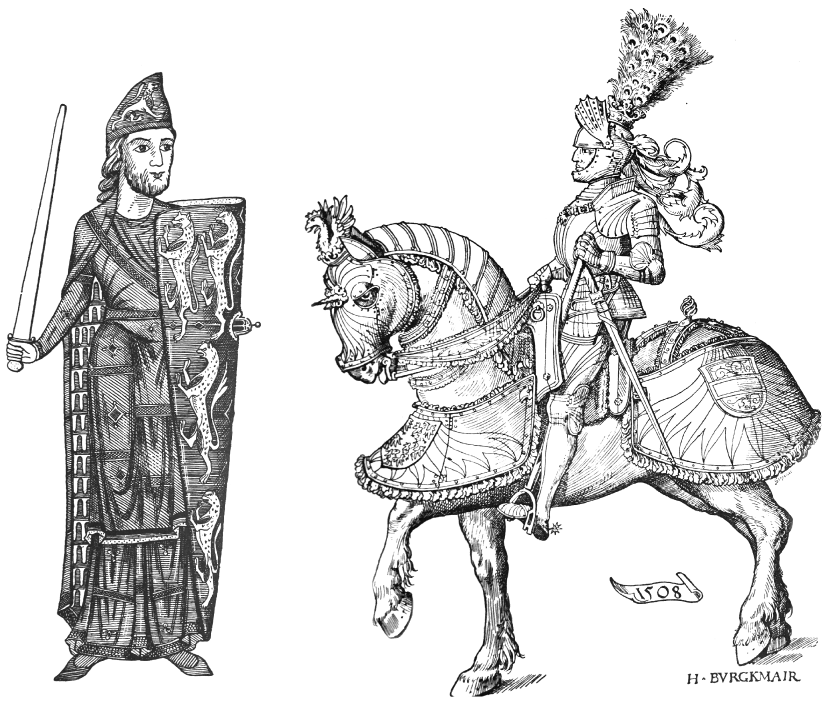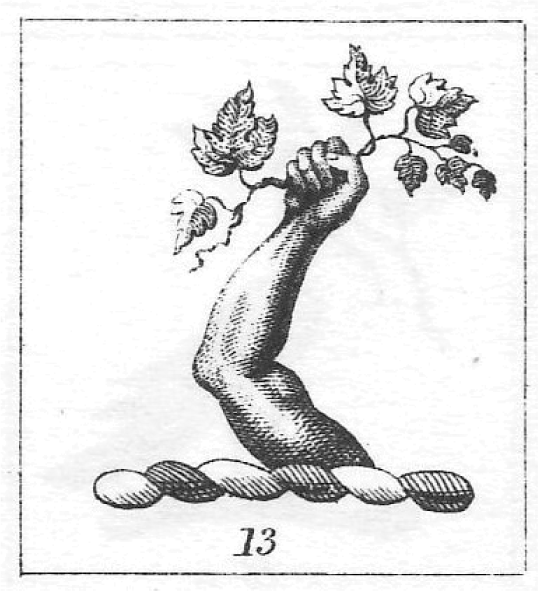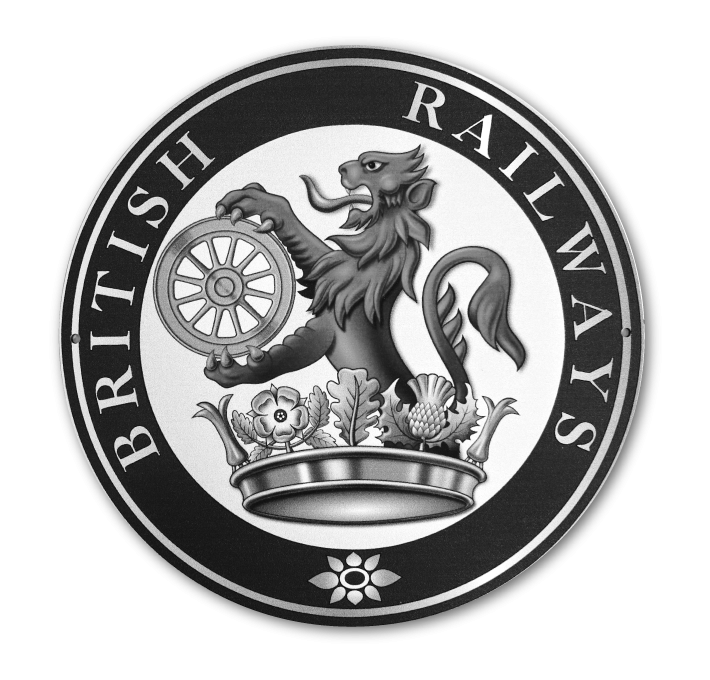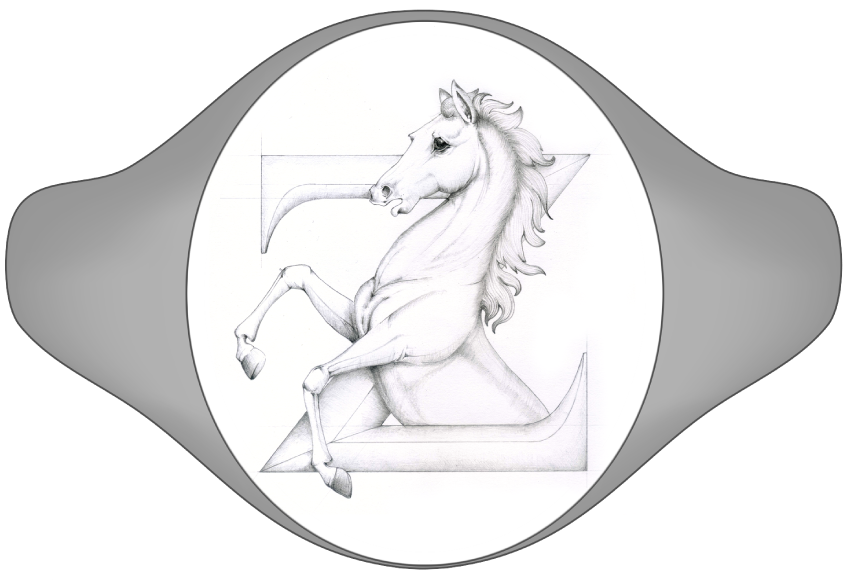Heraldry Origins
Creating symbols for identification purposes can be found going back to the earliest man. Heraldry’s origins lie partly in the military and national symbols and insignia that were used in ancient Egypt, Rome and in England, and partly in the individual designs of personal seals on signet rings and fobs that have been found as far back as ancient Mesopotamian society.
The art and order that we know as heraldry today didn’t begin developing until the 1100's, around the time of the Crusades. While wearing suits of armour and closed helmets on the battle and tournament field, so the need for a quick, visual way to identify each other became a matter of survival. English knights would paint symbols on their shields or clothing to help their allies recognize them, the practice spread quickly throughout Europe.
Over time knight's symbols, now known as arms, were embroidered on the surcoats which were worn over the suits of armour to prevent them from becoming over heated in hot climates; these quickly became known as coats of arms.





